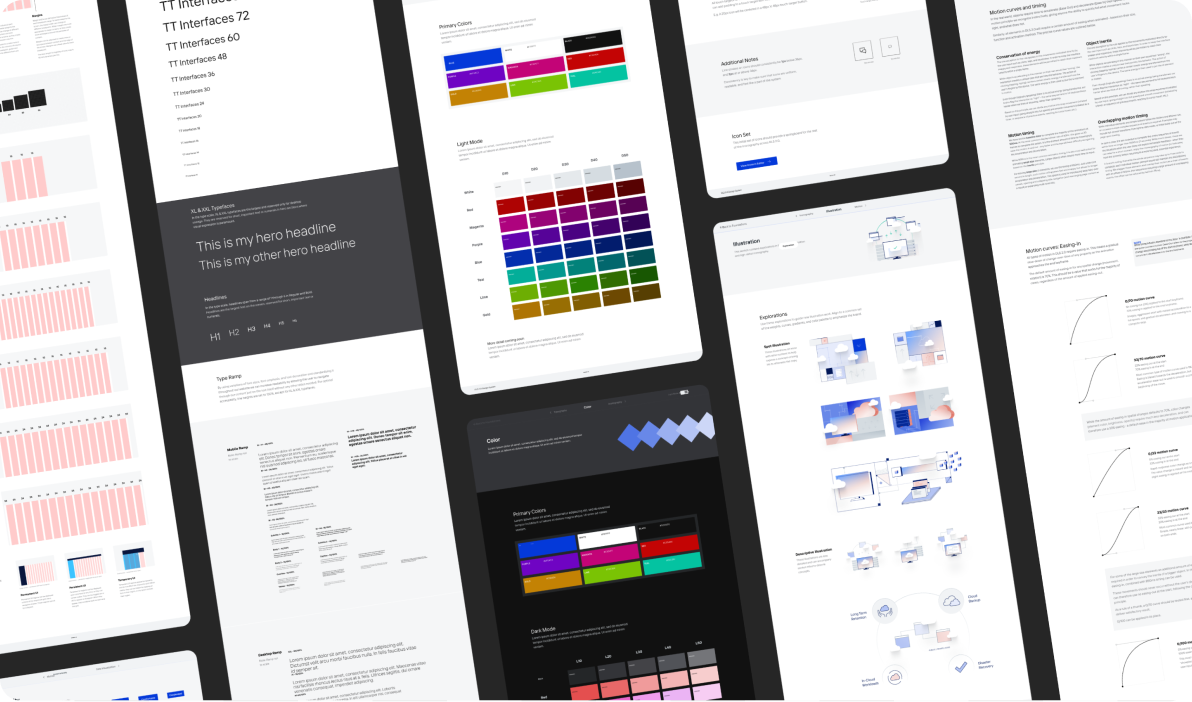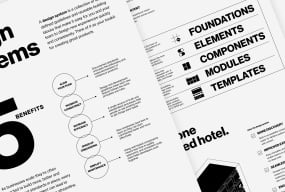Our goal is to help you become a great user-centered thinker, keeping your customers at the center of everything you do, from development to delivery.

Reimagining NASA.gov to Tell Science’s Most Important Stories
View the workBusiness Transformation
Foster a customer-centered culture to elevate your business
Work with Blink UX
Lead with a user-first mindset
Establish resilient processes for you and your team
Develop a shared vision to become customer-centered, then strengthen your change management and training processes to ensure a smooth company-wide transition and accelerate your CX transformation.
Implement cohesive brand standards
Craft a unified, enterprise-level design system that enables teams to design and build consistent experiences, fast.

Elevate internal software to meet consumer-level expectations
Design your internal tools and platforms with as much care and attention as your consumer products to support the people who keep the business going. Get more work done, increase job satisfaction, bring new employees on board quickly, and lower your support costs.

Building the CX Function at Avangrid
Blink and energy company Avangrid join Forrester to discuss the path to successfully implementing a company-wide CX function.
Our Business Transformation capabilities
Organizational Alignment
Align your teams around user-centered design and streamline your product development process.
Organizational Training
Once you’ve aligned on your strategic priorities, establish documentation and training to empower teams.
UX Operations
Establish internal research and design operations, coupled with a CX measurement strategy, to amp up the efficiency, consistency, and quality of your UX work across the board.
Design Systems
Set clear guidelines for designing products, including reusable components and patterns, so your team can build quickly and consistently, even at scale.
Embedded Services
Staff expert UX practitioners on-site to accelerate your project plans and enhance efficiency without the lengthy recruitment of a traditional team. Engagements can vary from a few months to several years.
Business Transformation: Get the answers
How do I implement repeatable UX processes for myself and my team?
Start by auditing your current process, then test and refine new operations that best support your team. Organizational training and documentation are essential. Here’s how one of our clients, Gesa Credit Union, built a cross-team ambassador program to integrate their new UX framework.
How do we align our brand with our user experience strategy?
The first step is deepening your understanding of your users and brand identity. From there, ensuring consistency across all user touchpoints and continuing to refine based on customer feedback will keep your brand in step with your strategy and enhance your customer experience transformation.












